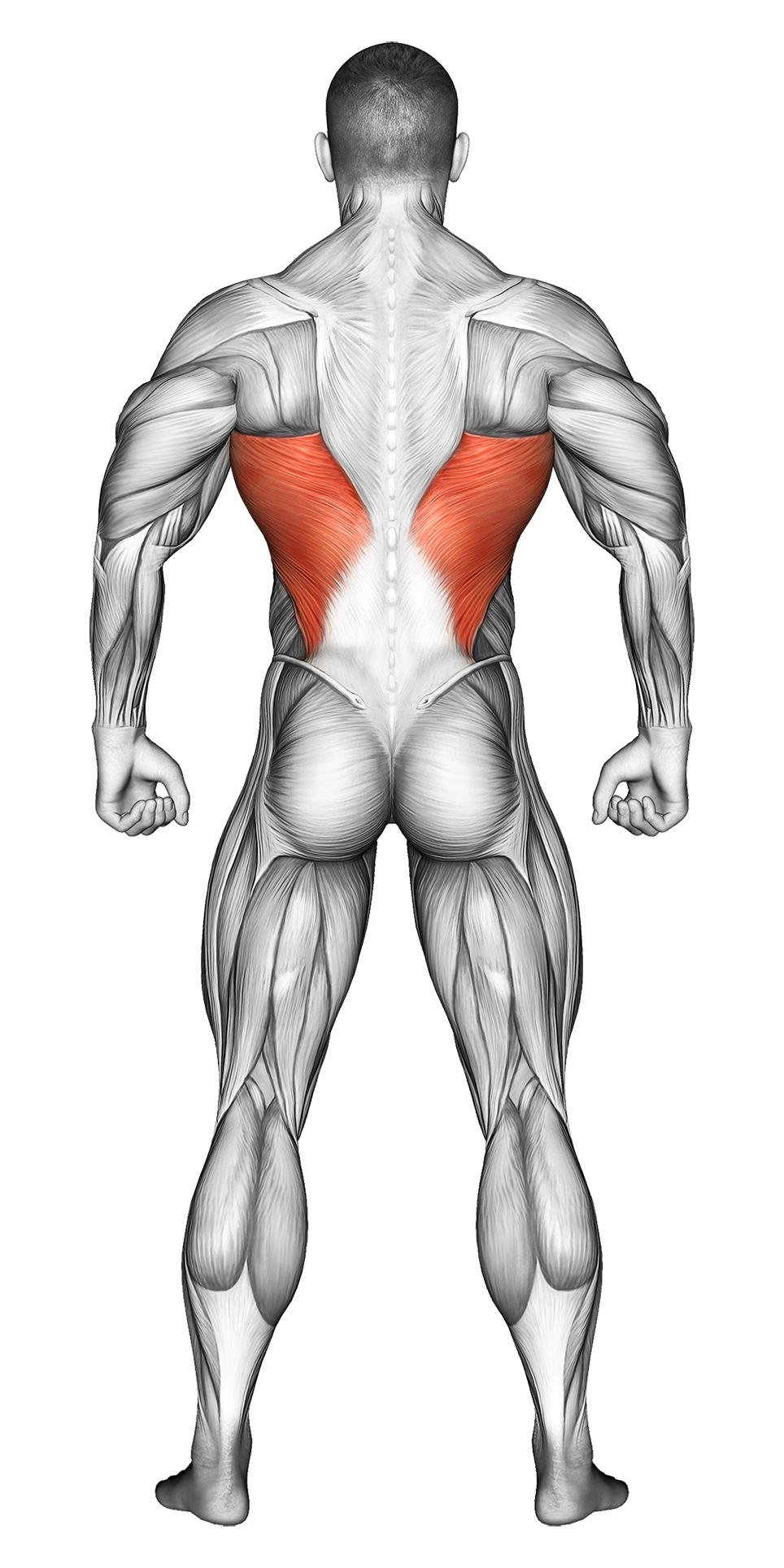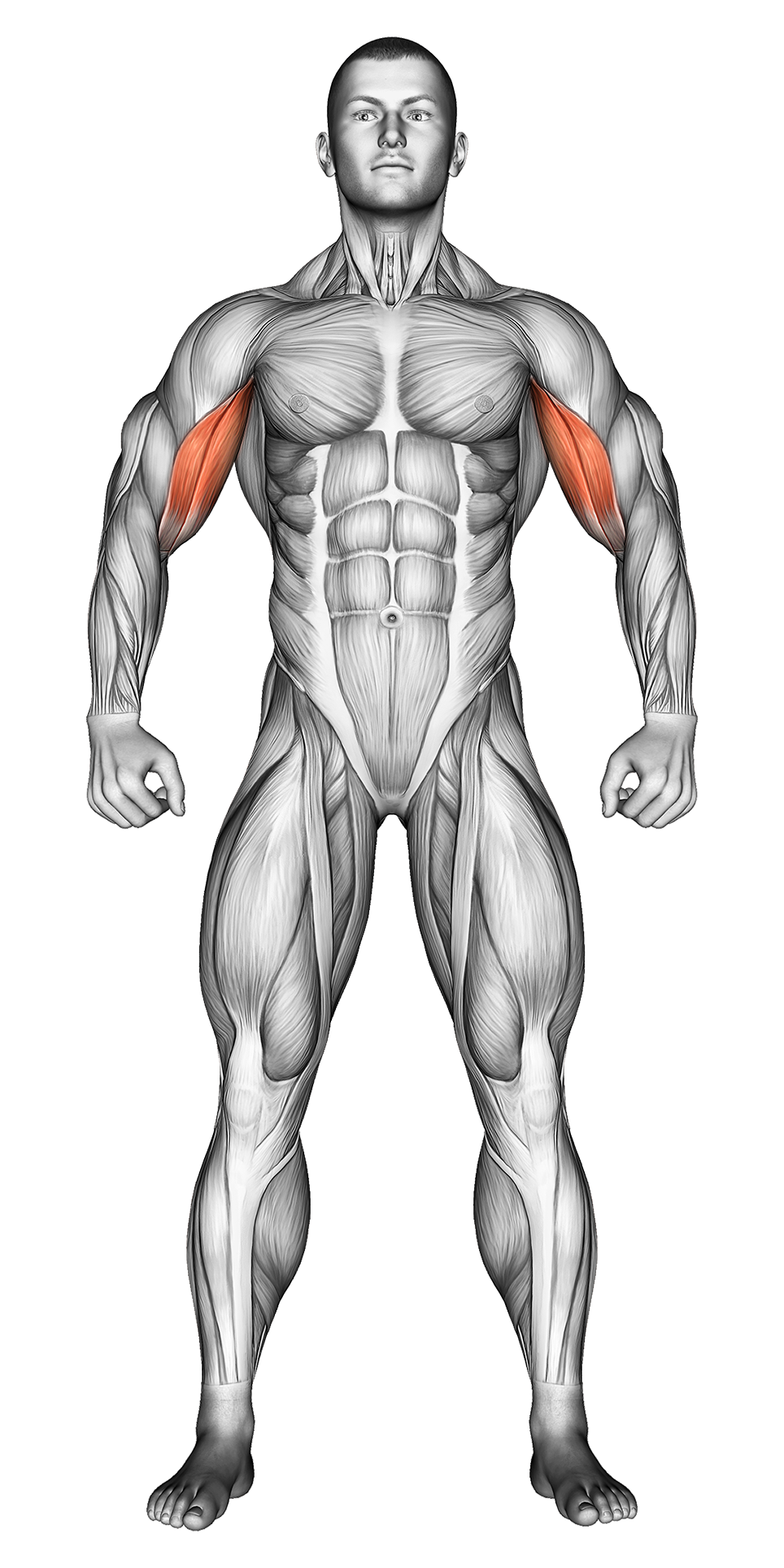Seated Cable Row: Video Tutorial & Exercise Guide

Written By: Ether Brown
Updated: Oct 13, 2024
| Workout | Seated Cable Row |
| Primary Muscle Group | Lats |
| Secondary Muscle Group | Biceps |
| Equipment Required | Cable |
| Force Type | Pull |
| Mechanics | Compound |
| Exercise Type | Strength |
| Difficulty | Beginner |
Seated Cable Row: Video Tutorial & Exercise Guide
- 1.Seated Cable Row: Muscle Groups
- -1.1Primary Muscle Group
- -1.2Secondary Muscle Group
- 2.Seated Cable Row: Step-by-Step Guide
- 3.Seated Cable Row: Overview
- 4.Seated Cable Row: Benefits
- 5.Seated Cable Row: Pro Tips & Advanced Techniques
- 6.Seated Cable Row: Progression Plan
- 7.Seated Cable Row: Frequently Asked Questions (FAQs)
Secondary Muscles Group
Seated Cable Row: Step-by-Step Guide
- Step 1: Sit down on the seated cable row machine, placing your feet on the platform with your knees slightly bent. Grab the V-bar or handle with both hands.
- Step 2: Sit up straight, engaging your core, and extend your arms fully in front of you. Make sure your back is straight and your shoulders are relaxed, not hunched.
- Step 3: Pull the handle toward your torso by retracting your shoulder blades and bending your elbows. Keep your elbows close to your body as you pull, aiming to bring the handle toward your lower chest or upper abdomen.
- Step 4: Squeeze your shoulder blades together at the top of the movement, making sure to fully engage your back muscles.
- Step 5: Slowly extend your arms back to the starting position, maintaining control and avoiding any jerky movements. Repeat for the desired number of reps.
Seated Cable Row: Overview
The Seated Cable Row is a highly effective exercise for building upper and middle back strength, targeting muscles like the latissimus dorsi, rhomboids, and traps. By using a cable machine, you can maintain constant tension on the muscles throughout the entire range of motion, which helps improve muscle engagement and strength development.
This exercise is suitable for all fitness levels and is a key component of most back workout routines. It helps improve posture, strengthens the upper body, and enhances pulling strength, making it valuable for athletes and gym-goers alike.
Seated Cable Rows: Benefits
Seated Cable Rows are an excellent exercise for building a strong, defined back. They target key muscles such as the latissimus dorsi, traps, rhomboids, and rear deltoids, all while engaging the biceps and forearms. This movement also helps improve posture by strengthening the muscles that support proper alignment.
The cable system ensures constant tension throughout the exercise, promoting muscle endurance and hypertrophy. Additionally, Seated Cable Rows enhance pulling strength, making them ideal for improving functional strength used in daily activities and sports.
Seated Cable Row: Pro Tips & Advanced Techniques
Focus on squeezing your shoulder blades together at the top of each rep to fully engage your back muscles. Avoid using momentum to pull the handle—keep the movement controlled and deliberate. For an added challenge, slow down the eccentric (lowering) phase to increase time under tension, or try using different attachments like a straight bar or wide grip to target different areas of the back.
Seated Cable Rows: Progression Plan
Beginner
Intermediate
Advanced
Seated Cable Row: Frequently Asked Questions (FAQs)
What muscles do Seated Cable Rows target?
+This exercise primarily targets the upper and middle back muscles, including the latissimus dorsi, rhomboids, traps, and rear deltoids. It also engages the biceps and forearms.
Is the Seated Cable Row suitable for beginners?
+Yes, this exercise is suitable for beginners. Start with a lighter weight and focus on mastering the form before progressing to heavier weights.
How often should I perform Seated Cable Rows?
+Incorporate this exercise into your back workout 1-2 times per week, allowing adequate recovery time between sessions for optimal muscle growth.
What common mistakes should I avoid?
+Avoid rounding your back or using momentum to pull the handle. Focus on keeping your chest lifted, back straight, and the movement slow and controlled.
Can I use different attachments for Seated Cable Rows?
+Yes, you can use different attachments like a straight bar, wide grip bar, or rope to target different parts of the back and add variety to your workout.
Share
Don’t Wish for It, Work for It – Join the FlexXP Newsletter Today!
Thank you for signing up for the FlexXP Newsletter!
This site is protected and the Google Privacy Policy and Terms of Service apply.

